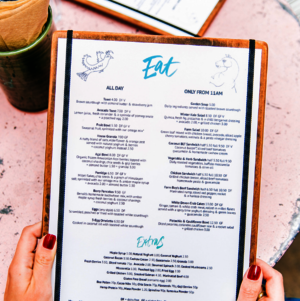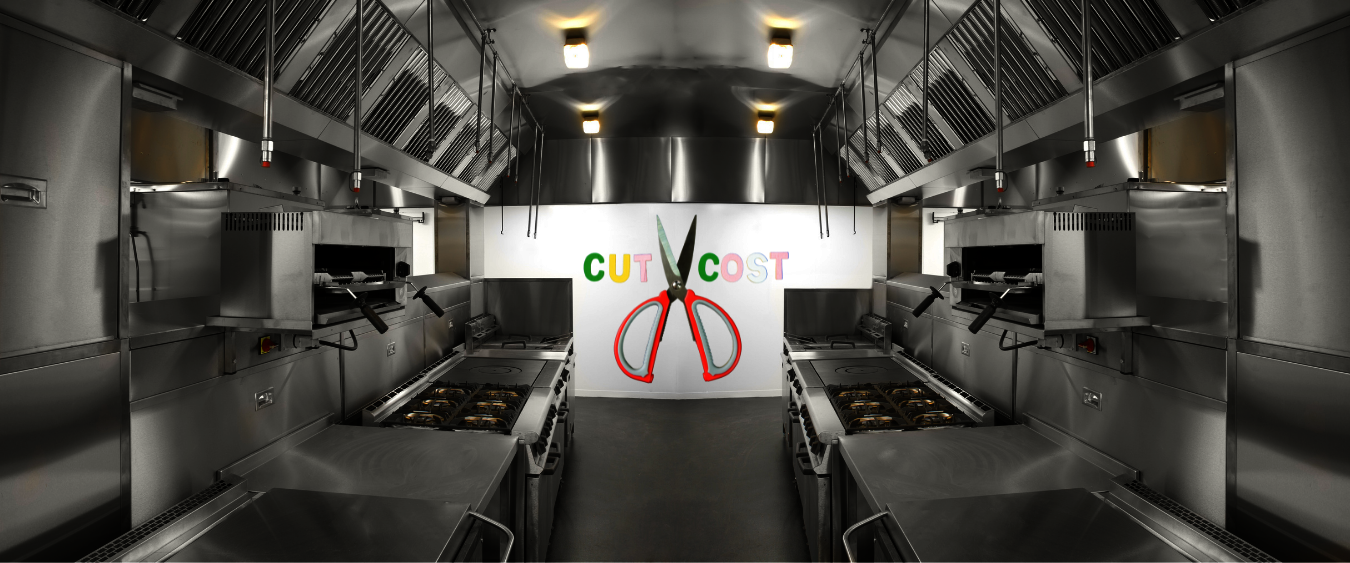Start with controlling food costs
1. Manage Your Restaurant's Inventory Well
Inventory is vital to your daily operations, but overbuying is a quick way to skyrocket your expenses. Having a strong grip on your inventory and an efficient system in place can save you money. Implementing a just-in-time inventory method is a good place to start. This method consists of ordering supplies only as demand warrants, which helps avoid unnecessary purchases and excess supply of materials. Any ingredients and other supplies that expire before being used are essentially money out of your business’s pocket, and this is completely avoidable. Ensure your kitchen has a strong grasp on inventory management and you’ll reduce costs over time.
2. Order Locally Whenever Possible
Purchasing locally when it comes to inventory and ingredients is not only a savvy move from a branding perspective. It can also help reduce transportation and shipping costs associated with getting the supplies to your restaurant. Keep tabs on the food ingredients that are in season within your market and order from a local vendor when you can. It is mutually beneficial and a selling point for your restaurant from a marketing perspective, too.

3. Know Your Menu
What’s the most popular dish on your menu? Which items are the least popular and seldom ordered? If you don’t know that answer to either of those questions, your bottom line would benefit from finding out. Trimming your menu by getting rid of unpopular items is a smart way to cut costs. It ties in with your inventory ordering in the sense that there is no reason to order ingredients for a dish that isn’t ordered often enough to be profitable. Keeping your menu limited and simple can help you reduce unnecessary food costs.
Lower Your Commercial Kitchen's Costs Through Efficient Staffing and Scheduling

1. Fine-Tune Your Employee Schedule
Employee scheduling often becomes routine in terms of its general format. There are always going to be adjustments based on availability and conflicts that arise. But don’t get comfortable with the way you’ve always done things. Examine the busiest and slowest times in a day, or even over the course of a year and make sure your schedule reflects that. Having more employees on the clock than necessary is a needless waste of time and money. Take an in-depth look at when your restaurant is busiest and slowest, and make sure your employee schedule is aligned with these times. This will guarantee you aren’t spending money without receiving needed labor in return.
2. Cross-Train Your Staff
In addition to making sure your staffing schedule is in tune with what you need, cross-training your staff is a helpful practice. The more versatile your employees are, the fewer people you'll need to keep on a regular payroll. It’s a balancing act, of course, but having employees that know how to work multiple different stations both in the front and back of the house can help make scheduling easier and improve the way your commercial kitchen operates. It can also save you from serious predicaments should you get in a staffing bind. Cross-trained employees will help you save money in the long run and help cultivate a more efficient workplace.
Use Restaurant Equipment Properly

1. Check For Leaks Regularly
Water leaks are a subtle budget killer. A leak can spring in a pipe or in one of your appliances and begin to spike your water bill before you even discover it exists. Having your kitchen's grease trap cleaned regularly will save you money by preventing clogs or backups. Switching to automated used cooking oil storage equipment is another helpful thing to implement. A good rule of thumb for all appliances is, when possible, utilize automated equipment. It will save you time and money.

2. Use Energy-Efficient Lighting
Have you considered the cost of the lighting in your kitchen? There could be a better way. LED lights or other energy-efficient light bulbs are a quick and easy way to reduce your monthly energy bill. LED lights can reduce energy use by up to 90 percent compared to other lighting options, and they also do not produce harmful gases and generate very little heat. LED bulbs are also relatively inexpensive to purchase and last longer.
3. Adopt Digital Menus and Signage
The world is going digital, and the pandemic only further expedited this trend within the restaurant industry. Ditch those paper menus and the cost that accompanies printing them in favor of digital tablet menus that have come in handy during the COVID-19 pandemic. QR code menus are also an option, though sometimes less accessible for your customers. Digital signage where applicable will also help you save money instead of having to purchase plastic signs. It may be a small change, but going digital with your menus and restaurant signage can save you more money than you'd think in the long run.
Operating a commercial kitchen is hard and staying within a budget is even more difficult. Implementing these tips and practices will help you cut costs and stay within your means, which will ultimately make your kitchen more efficient and your restaurant more profitable.
DAR PRO Solutions removes the hassle out of handling your grease in a commercial kitchen via used our cooking oil recycling program and grease trap maintenance services, saving your business time and money. Reach out to a DAR PRO representative today to partner with us. Call us 24/7/365 at 855-DAR-PRO1 (855-327-7761).
Contact Sales
For customer service inquiries call our toll free number (855) 327-7761
By submitting this form I agree to the privacy policy including the usage of contact details to contact me for marketing purposes.
7/30/2021
